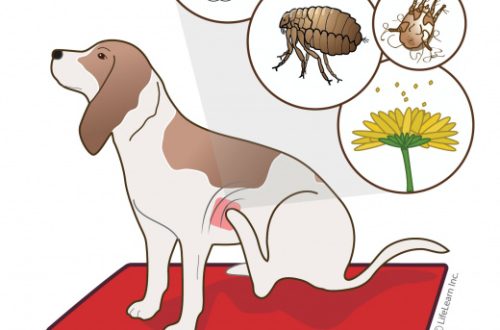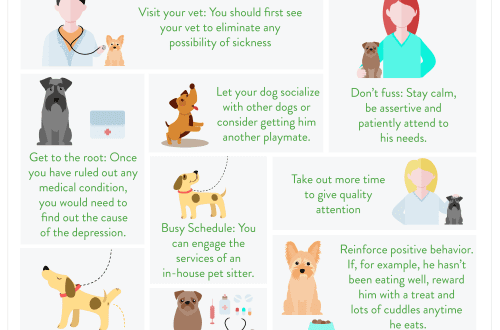
Key points about grain-free dog food
Entire aisles of grocery stores are reserved for products that do not contain any particular ingredient: sugar, milk or gluten. Consumers are buying specialty products in an attempt to achieve a “more natural and healthier diet”, but they are not only doing so in relation to their diet.
Interest in healthier eating is also visible in the pet food industry. And this is an understandable desire: after all, the dog is also a member of your family, and, like you, he has the right to healthy food. One of the latest pet nutrition trends has been grain-free dog food. Can pets eat grain? Many grain-free owners feel that grains are just filler in dog food, have little to no nutritional value, and are added to keep the price of the food down. They even link the addition of grains to some pet food allergies.
However, grain-free food is not necessarily the best option for your puppy. Here are the grains commonly found in dog food and why you should consider including them in your pet’s diet.
Contents
Cereals Commonly Found in Pet Foods
Looking through the list of ingredients in your dog food, you may see grains such as:
- Barley.
- Buckwheat grain.
- Corn.
- Oat.
- Quinoa.
- Fig.
Many of these grains may be familiar to you, and each of them can be found in your diet. Some, such as quinoa and barley, are even referred to as “miracle foods.” According to a newspaper article The New York TimesQuinoa is considered a “miracle food” due to its high protein, iron and fiber content. Barley contains a high level of fiber in both soluble and insoluble form.
Are these ingredients just as beneficial for dogs? Can dogs eat grains?

Whole grains, such as corn, provide your dog with essential and highly digestible nutrients, including protein, vitamin E, and linolenic acid. These nutrients are vital to the overall health of the animal. It is important to remember that the food you choose should provide your dog with a complete and balanced diet. This is true whether the food is grain-free or not.
Grain-free doesn’t mean carb-free
Veterinarians often hear from owners that they choose to switch to a grain-free diet because they want to transition their pet to a low-carb diet. But a grain-free diet cannot be low in carbohydrates. Ingredients such as potatoes, apples, and peas are often used to replace grains in grain-free foods. In fact, some grain-free pet foods contain as much, and sometimes more, carbohydrates as foods containing grains.
Cereals and allergies
Another common reason why owners buy grain-free foods is that their dogs suffer from allergies. Veterinary Practice News asked four board-certified veterinary dietitians about allergies and the role of grains in them. Nutritionists told the magazine that corn, wheat and soy are rarely the cause of food allergies.
“Honestly, I don’t know where this opinion came from. It is not based on any evidence and there are excellent foods that contain one or more of these ingredients,” says Kaylyn Heinze, M.Sc., D.V.
Recently, the journal Veterinary Dermatology analyzed the diets of 278 dogs with food allergies and examined the problematic ingredient for each dog examined. Beef became the most common allergen, with 95 reported cases. Dairy products were the cause in 55 cases, making them the second most common cause of allergies. Corn was identified as an allergen in only seven of the dogs examined.
If you suspect your dog has a food allergy (common food allergy symptoms are itching, hair loss, skin inflammation, sores, and scabs), you should first talk to your veterinarian about your pet’s symptoms. Then, with appropriate professional treatment and through careful testing and allergy testing, you can determine which ingredient your dog is reacting negatively to.
How to choose the right grain-free food for your dog
However, for certain grain-sensitive dogs, a high-quality, grain-free diet should be selected to provide them with a balanced diet.
How do you know if the food you buy for your dog is high quality?
One way to determine if a manufacturer is meeting high nutritional standards is to verify that it meets the guidelines of the American Association for Food Control (AAFCO), which sets the standards for pet food production in the United States. In order for a food to be sold under the “complete and balanced” brand, it must meet the nutritional standards set by the AAFCO (fortunately, all Hill’s brands meet or exceed these standards).
When choosing a dog food, it is important to remember that different dogs, just like people, can have different nutritional needs. There is no food that is perfect for every dog. But by looking at the nutritional information, you will be able to find the perfect one to meet your puppy’s needs.
See Murphy
Kara Murphy is a freelance writer based in Erie, Pennsylvania. The owner of a goldendoodle named Maddie.





